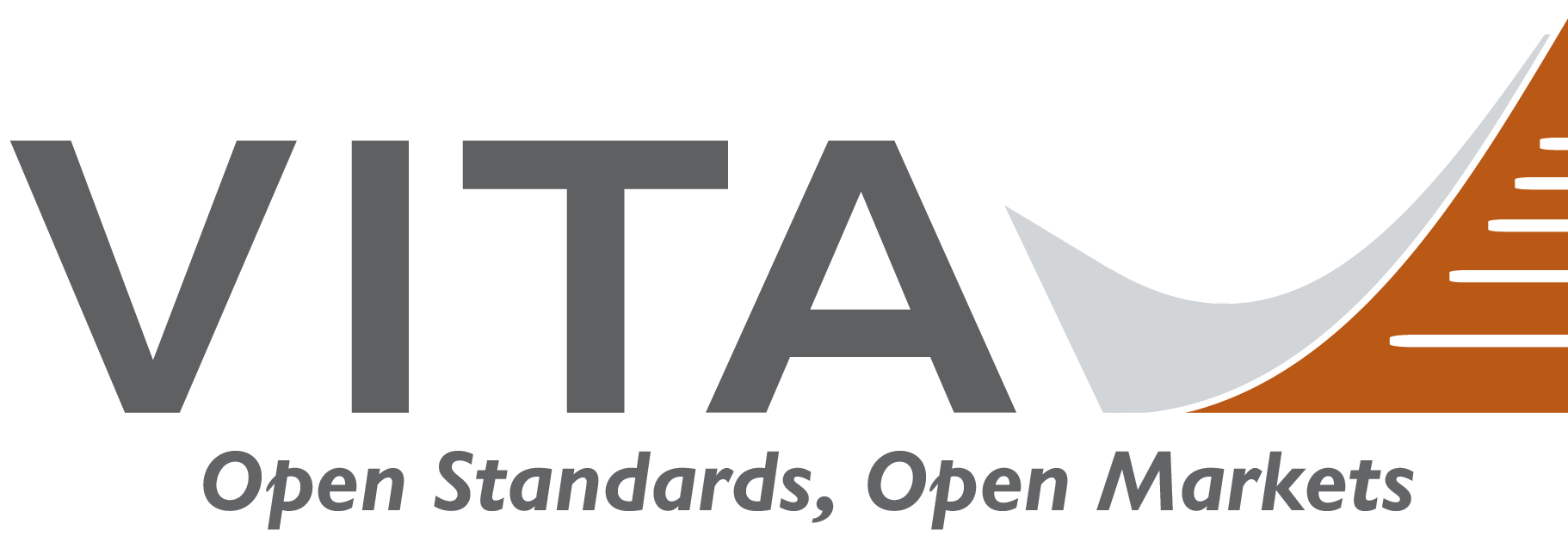Mark Benton, Senior Principal Development Engineer, Advanced Systems Architecture, TE Connectivity
With a B.S. General Engineering degree from University of Illinois Urbana Champaign and M.S. and Ph.D, Mechanical Engineering degree from the University of Wisconsin-Madison, Mark brings over 40 years of diverse R&D and product development experience in machine dynamics, electronic materials, high speed connectors, fiber optic transceivers, media conversion, multiplexing, rugged fiber optics in markets ranging from datacom, telecom, outdoor broadcast, oil and gas, military, and commercial aviation. His main area of expertise are rugged fiber optics applications, optoelectronic transceivers and media conversion, wavelength and time domain multiplexing.
University of Wisconsin-Madison, Mark brings over 40 years of diverse R&D and product development experience in machine dynamics, electronic materials, high speed connectors, fiber optic transceivers, media conversion, multiplexing, rugged fiber optics in markets ranging from datacom, telecom, outdoor broadcast, oil and gas, military, and commercial aviation. His main area of expertise are rugged fiber optics applications, optoelectronic transceivers and media conversion, wavelength and time domain multiplexing.
WORKING WITH VITA
1. Explain some of the work you’re doing with VITA?
I managed the TE engineers who were directly involved with the VITA 66.5 standard and VITA 87 early on. I’ve been working mainly on rugged small form factor optical transceiver needs for embedded applications and have presented on optical trends twice at ETT. In my present position, I’ve been more involved with VITA 100 working group to see how that can be leveraged into an optical transceiver solution as well as supporting the higher speeds and electrical signal density requirements for next gen.
2. How has VITA 66.5 allowed market-driven evolution within optical interfaces?
Mainly this standard has allowed higher density along the PIC edge by combining RF miniature coax and MT fiber interfaces or three 24 fiber connections into a single half width position. That’s 900G Duplex traffic on that single 3 MT connection.
WHY ENGINEERING?
1. Did you always want to be an engineer? If so, why? If not, how’d you wind up here?
IT evolved – came down to being a radio DJ or staying in engineering when I was an undergrad and I chose the “job stability” of engineering! Turned out there was a recession that year and I ended up at UW Madison doing a MS and then PhD in mechanical engineering – Gear Dynamics. Thought about teaching but wanted real engineering experience first. After grad school, started with DuPont in machine dynamics R&D. With various stops in other technologies and companies along the way, I find myself in fiber optics, optical transceivers (for the third time) and media conversion in RFO at TE.
2. What has surprised you the most about the work you do with embedded computing? (or engineering in general)
The never ending (it seems) push to increase functional density on the PICs in VPX systems.
3. What is one of the biggest issues currently facing engineers?
I think it’s the ability to stay current in any technical field given the knowledge generation rate is so much faster now, and soon how to make best use of Artificial Intelligence in new product development.
4. What advice would you give to someone looking into this field of engineering?
Learn a balance of discipline because an embedded system has aspects of electronics, mechanics, and sometimes material engineering that one can find competitive with one another... so learning the tradeoff decision process between these often-competing demands is key.
Off the cuff: What's the most recent show you've binge watched?
For my wife and I … Friends all 10 seasons (almost done!)
